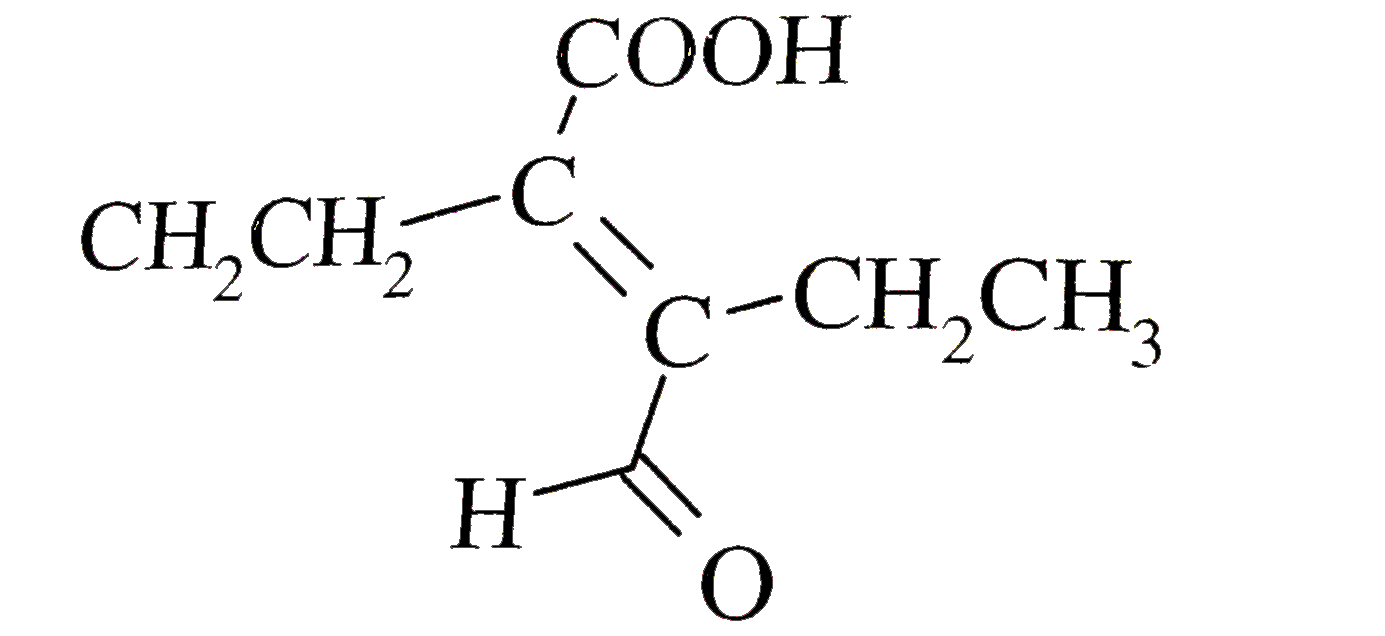As the number of carbon atoms in a chain increases the boiling point of alkanes
Increases
Decreases
Remains same
May increase or decrease
The correct Answer is:A
Step-by-Step Solution:
1. Understanding Alkanes: Alkanes are hydrocarbons with the general formula CnH2n+2, where 'n' is the number of carbon atoms. They are saturated compounds, meaning they contain only single bonds between carbon atoms.
2. Boiling Point Trends: As the number of carbon atoms (n) in an alkane increases, the boiling point of the alkane tends to increase. This trend can be attributed to the increase in molecular size and mass.
3. London Dispersion Forces: The boiling point of alkanes is influenced by intermolecular forces. As the number of carbon atoms increases, the surface area of the molecule also increases, leading to stronger London dispersion forces (a type of van der Waals force). These forces arise due to temporary dipoles that occur when electron clouds around atoms fluctuate.
4. Direct Proportionality: The boiling point of alkanes is directly proportional to:
- The number of carbon atoms in the chain: More carbon atoms lead to higher molecular weight and stronger London forces.
- The molecular mass of the alkane: Higher molecular mass generally correlates with higher boiling points due to increased London forces.
- The degree of branching: More branching in the carbon chain tends to lower the boiling point because branched alkanes have a more compact structure, reducing surface area and thus the strength of London forces.
5. Conclusion: Therefore, it can be concluded that as the number of carbon atoms in an alkane chain increases, the boiling point of the alkane increases due to the increase in molecular mass and the strength of intermolecular forces.
---
- The number of carbon atoms in the chain: More carbon atoms lead to higher molecular weight and stronger London forces.
- The molecular mass of the alkane: Higher molecular mass generally correlates with higher boiling points due to increased London forces.
- The degree of branching: More branching in the carbon chain tends to lower the boiling point because branched alkanes have a more compact structure, reducing surface area and thus the strength of London forces.
Topper's Solved these Questions
- BOOK - ERRORLESS CHAPTER - HYDROCARBONEXERCISE - ORDINARY THINKING (Objective question) (ALKENE)129videos
HYDROCARBON
- BOOK - ERRORLESS CHAPTER - HYDROCARBONEXERCISE - ORDINARY THINKING (Objective question) (ALKYNE)120videos
HYDROCARBON
- BOOK - ERRORLESS CHAPTER - HALOGEN CONTAINING COMPOUNDEXERCISE - Critical Thinking (Jee (Advanced) 2018)1videos
HALOGEN CONTAINING COMPOUND
- BOOK - ERRORLESS CHAPTER - IONIC EQUILIBRIUMEXERCISE - JS Jee Section (JEE Advanced (Numeric answer type question))1videos
IONIC EQUILIBRIUM
Similar Questions
Knowledge Check
- Question 1 - Select One
The total number of carbon atoms in phytol chain is
A20B22C25D32 - Question 2 - Select One
Which of the statement is correct ?
I. Melting point of alkane increases with increase of C atoms and with increase in branching.
II. Boiling point of alkane increases with increase of C atoms but with decrease in branching.
III. Cycloalkanes have lower boiling point than normal alkane with same numer of C atoms.
IV. Alkenes have lower boiling point than same number of C atoms in alkanes.A(i), (ii)B(i),(ii),(iii)C(iii),(iv)D(iv) - Question 3 - Select One
Number of carbon in parent carbon chain in the following compound
 A4B5C6D3
A4B5C6D3
Number of carbon atoms in alkane having molecular mass 58 is
View SolutionThrough which of the following reactions number of carbon atoms can be increased in the chain ?
View SolutionAs the molecular weight of alkanes increases, how do the boiling point and melting point change?
View SolutionThe number of carbon atom in parent chain of following with its IUPAC name?
 View Solution
View SolutionWhich of the following reactions increases the number of carbon atoms In the chain
Grignard reaction
Cannizzaro's reaction
Aldol reaction
HVZ reaction
Choose the correct option.View Solution


